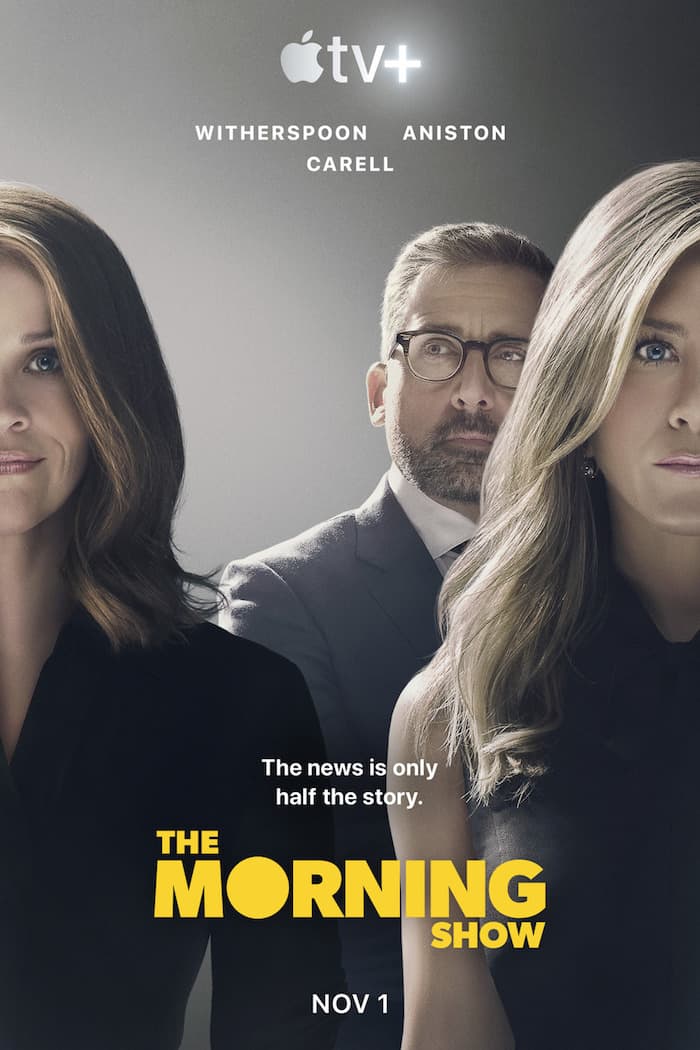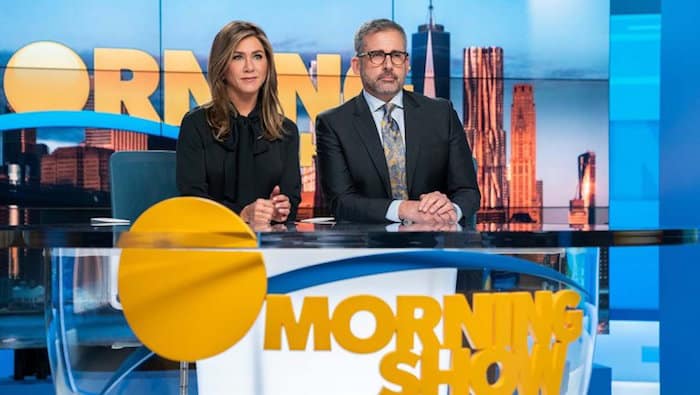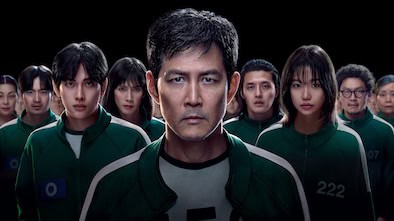There is still such a small number of women involved in directing films but things are improving and it is the women that are at the forefront of making this happen.
An ongoing conversation that will forever be discussed long into the year.
Let’s dig a little deeper behind the subject and take a look at how things are slowly improving and what is being done to help bring a balance to proceedings in Hollywood.
The Morning Show

Apple TV has a new drama, The Morning Show. In the show the character played by Jennifer Aniston is going through a career crisis. Meanwhile, her co-host, played by actor Steve Carrel is being pushed off the show because of some scandal concerning inappropriate sexual behavior.
The show, which looks at the changing power dynamics between men and women is the brainchild of three women.
One of the three directors of the series was Mimi Leder, who directed half of the initial series. Co-Stars, Jennifer Aniston and Reese Witherspoon were also executive directors.
Having women in these executive positions had the effect of producing more equal representation throughout the production. Leder, being interviewed by The Hollywood Reporter said “The Morning Show is 50 % women and people of color and 50% male. There is gender parity on our show”.
Literally, anyone has the opportunity to win Grande Vegas casino bonuses – men and women alike! (Yes, a cheeky plug I know)
However, it is worth keeping in mind that in 2018 women made up only 8% of directors involved in the top grossing 250 American movies.
Women taking the initiative

Programs like The Morning Show are becoming less unique. Research carried out by the Center for the Study of Women in Television and Film found that films which have a female director employ many more women in all fields from writers, composers, editors and cinematographers, than their male counterparts.
Eva Longoria, a director and actress is an example of this. She will be embarking on directing two feature films this year, 2020.
Her plan is to first fill positions with women and people of color. After that, any remaining positions will be open to others. “So instead of unconsciously ignoring women or people of color, I’m consciously hiring them”.
As we saw, women were only 8% of directors working on the top 250 grossing American movies in 2018. So, it is incredibly important that we see these women taking the initiative.
In fact, this 2018 number is lower than the number for 1998. The Academy Awards have been in existence for 90 years during which time only five women have ever been nominated for best director. The lack of female directors on fully display to the world.
Kathryn Bigelow is the only one to have received an Oscar for The Hurt Locker in 2010.
There are so many talented women working in the film industry. There is an upward shift worldwide of women directors doing exciting and bigger projects.
Nigeria’s best movie of 2016 and highest earning, The Wedding Party, had a female director, Kemi Adetiba.
The same was seen in China where three of the top earning movies of 2018 were directed by women.
One of those movies grossed a phenomenal $204 million at the box office.
So why are there so few women directors, if there are so many talented women in the industry?

Two reasons for this are put forward by Dame Heather Rabbats, Chair of Times’s Up UK. The first she says is that we tend to be drawn to our own and are likely to choose those like us. So, most directors are men and therefore they are more likely to hire men for the job.
The second is that directing has mainly been a male domain and therefore there are few female role models.
It could be that women are only now seeing that directing is something that women can also do.
As more women become directors, this will be an incentive for other women to also enter the field.
It is also important for women to come together to support each other. Hollywood director, Ava DuVernay made her voice heard when the Academy Awards decided to disqualify the female directed film, Lionheart, from the best international feature film section.
The reason for the disqualification was because it was in English. Duvernay pointed out the fact that English is Nigeria’s official language. “Are you barring this country from ever competing for an Oscar in its official language?”
The female director of the film, Genevieve Nnaji, expressed her thanks to DuVernay for her words of support.
There are real obstacles to opportunities for women directors. But women already in place, and at the top, definitely have a role to play in helping to make change possible.
Those with a voice should definitely use it to help create possibilities for others, says actress Victoria Emslie.
As important, is debunking the claim of studios that there just aren’t any women directors to be found.
Her answer was to create Primetime, an international database for women in the industry. “I wanted to take at least one excuse off the table” she commented.
New Initiatives
There are now many new creative ways in place to rid the lack of female directors and to increase the numbers of women directors. That is also true for writers, cinematographers and producers. One new way of locating talent is through Free the Work, started by female director Alma Har’el in 2019.
It is similar to Free the Bid which she also started many years earlier in an effort to help women when she learned women were excluded from opportunities to direct advertisements.
It was very successful, and raised the number of female directors at some agencies by a huge 400%. Har’el said “We’re going to do for film what we did for commercials”.
Another of these initiatives is The Topple List. This is a Google spreadsheet of women, people of color and moviemakers who are disabled.
The Topple List is an international community and enables women in the film industry to explore opportunities and to cooperate with others.
Lobbying
In 2019 time’s up and the Annenberg Inclusion Initiative began the 4% Challenge. The initiative lobbied producers and actors to make a commitment to a project initiated by a woman within 18 months in order to increase numbers. The lack of female directors era turns a corner.
Many studios have since signed on to this project. Things will not change overnight but it is a start.
Dr. Martha Lauzen of the Center for the Study of Women in Television and Film and writer, The Celluloid Ceiling, argues that stereotypes about women’s capabilities are likely to be a strong obstacle to women gaining access.
Trying to persuade a studio to take a chance on a new female director is very challenging. However it is necessary to take that first step ,bite the bullet and take the risk. Have faith in these women as you do in the men.
The big studios are making the effort and the 4% Challenge is being taken seriously. Hopefully it will be effective.
A new opening for women directors

With the growing popularity of series having multiple episodes and the increase in streaming platforms there are more opportunities for women moviemakers worldwide.
Netflix has several films directed by women in India – Guilty, written and directed by Ruchi Narain and another, Ghost Stories, directed by Sooni Taraporevala.
With the expansion of these streaming services in North Africa and also in the Middle East and their search for original material it could open up opportunities for Arab women filmmakers also.
A report conducted in 2016 showed that many independent Arab films are actually directed by women who are unlikely to have access to mainstream cinemas. Netflix will give them access to an entirely new platform.
There are now a quite a number of film festivals around the world that concentrate on promoting women filmmakers. There is one in Cairo, Egypt, one in Barcelona, Spain, one in Hong Kong and one in South Korea, to name just a few.
In France there is an organization that actively makes sure that all films, at all film festivals, no matter the sex of the director, are compared equally.
Huge changes are needed to make things more equitable. Changes need to take place on many levels in order that a real shift can take place.
Let’s hope we see an end to the lack of female directors and we will see more of these changes in the coming year of 2020.
*Sponsored Post*





